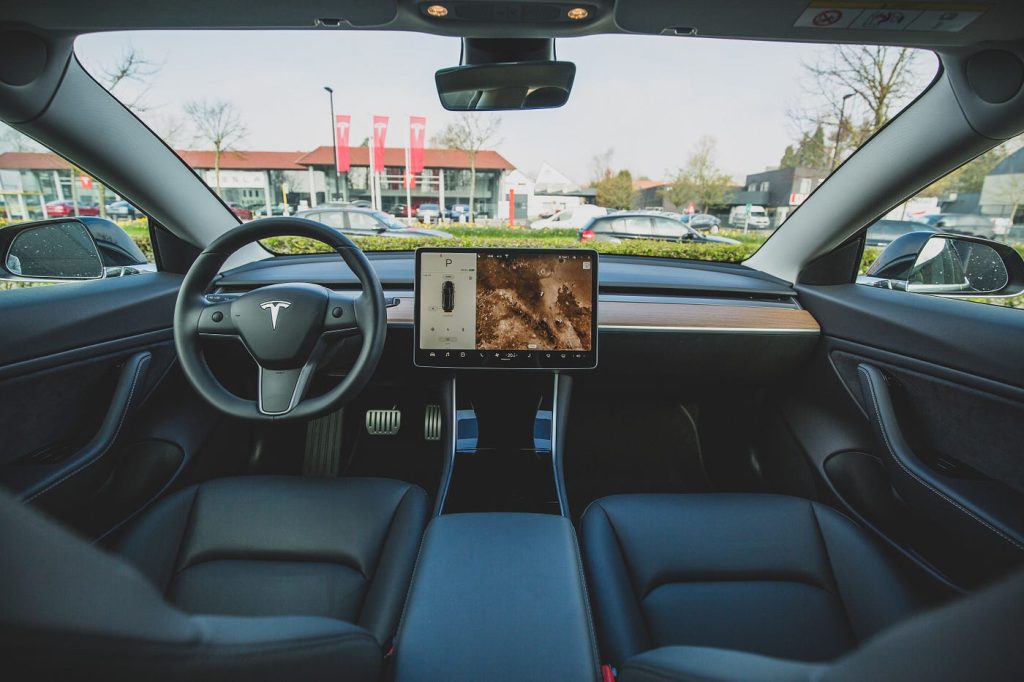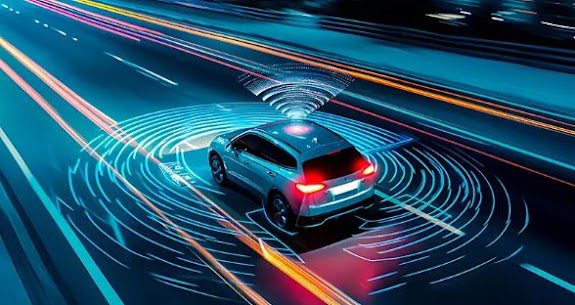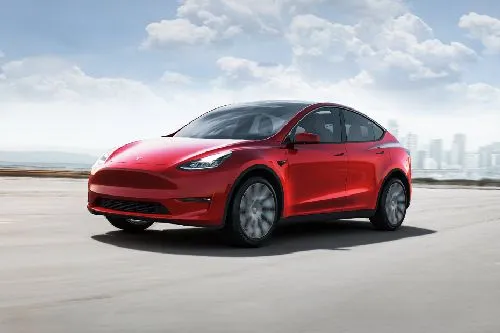
A Deep Dive into Autonomous Mobility : In the realm of modern transportation, a revolutionary wave is sweeping across the landscape, reshaping our understanding of mobility. At the forefront of this transformation is the advent of Autonomous Mobility, a cutting-edge paradigm that melds artificial intelligence, sensor technology, and robotics to redefine how we move from point A to point B.
Understanding the Essence of Autonomous Mobility
Autonomous Mobility is not merely a technological upgrade; it’s a bold leap into a future where vehicles operate without human intervention. Imagine a cityscape buzzing with autonomous vehicles, seamlessly navigating through the intricate dance of urban life, adhering to traffic rules with machine-like precision.
The Anatomy of Autonomous Mobility
At the core of this paradigm shift lies a complex network of sensors, processors, and algorithms working in tandem. Lidar, radar, and advanced camera systems create a multi-layered perception, allowing autonomous vehicles to interpret their surroundings with a level of detail surpassing human capabilities.
These vehicles are not just aware of the immediate environment; they are predictive, foreseeing potential scenarios and making split-second decisions. It’s a symphony of technology, where machine learning algorithms evolve with each mile driven, refining their decision-making prowess.
The Evolutionary Trajectory
The journey of Autonomous Mobility is a tale of relentless innovation. From the early stages of experimental prototypes to the sophisticated fleets roaming the streets today, the trajectory has been marked by leaps in computational power and breakthroughs in artificial intelligence.
Levels of Autonomy
Autonomous Mobility is not a one-size-fits-all concept. The Society of Automotive Engineers (SAE) has outlined a classification system with different levels of autonomy, ranging from Level 0 (no automation) to Level 5 (full autonomy). Each level represents a step towards complete vehicle autonomy, with Level 5 being the zenith, where a vehicle requires no human intervention under any condition.
Navigating the Regulatory Landscape
As Autonomous Mobility accelerates into mainstream consciousness, it brings with it a myriad of regulatory challenges. Governments worldwide are grappling with the need to create a robust framework that ensures safety while fostering innovation.
Ethical Dilemmas
The rise of Autonomous Mobility has triggered ethical debates around decision-making algorithms. What choices should a vehicle make when faced with an unavoidable accident? Who bears the responsibility in case of an autonomous vehicle failure? These are questions that demand thoughtful answers as we hurtle towards a future with increasingly sentient machines.
The Impact on Urban Dynamics
The integration of Autonomous Mobility goes beyond the realm of personal convenience. It has the potential to reshape urban landscapes, altering how we perceive and utilize our cities.
Traffic Optimization
One of the immediate benefits of Autonomous Mobility is the potential for unparalleled traffic optimization. With vehicles communicating seamlessly and making split-second decisions to optimize traffic flow, congestion could become a relic of the past. This not only saves time but also reduces carbon emissions associated with idling in bumper-to-bumper traffic.
Urban Planning Reimagined
As Autonomous Mobility becomes ubiquitous, urban planners are reimagining city infrastructures. The need for vast parking lots may dwindle as autonomous vehicles engage in continuous circulation or find off-site parking independently. This opens up new opportunities for green spaces, pedestrian zones, and more human-centric urban design.
Challenges on the Horizon
While the promise of Autonomous Mobility is tantalizing, it comes with a set of challenges that must be surmounted for a seamless integration into our daily lives.
Cybersecurity Concerns
The more connected our vehicles become, the greater the risk of cybersecurity threats. Autonomous Mobility relies heavily on inter-vehicle communication and data exchange. Safeguarding this network from malicious attacks is paramount to ensure the safety and integrity of the entire system.
Public Perception and Acceptance
Trust in technology is a delicate commodity. Convincing the public to embrace Autonomous Mobility requires not only addressing safety concerns but also fostering an understanding of the technology’s potential to save lives and transform the way we live.A Deep Dive into Autonomous Mobility.
Industry Players and Collaborations
The race towards achieving the pinnacle of Autonomous Mobility involves a diverse array of players. Traditional automotive manufacturers, tech giants, and startups are all vying for a piece of the autonomous pie.
Strategic Alliances
Collaborations between tech companies and automotive manufacturers are becoming increasingly common. The marriage of Silicon Valley’s prowess in software development with the automotive industry’s manufacturing expertise is a synergistic approach to fast-track the development of autonomous technologies.
Startups Driving Innovation
In the ever-evolving landscape of Autonomous Mobility, startups play a pivotal role. Unburdened by legacy systems, these nimble entities often pioneer breakthroughs, pushing the boundaries of what’s possible. From novel sensor technologies to innovative business models, startups are the lifeblood of the industry’s rapid evolution.
The Road Ahead
As we hurtle towards a future where Autonomous Mobility is an integral part of our daily lives, the road ahead is both thrilling and challenging. The evolution of this technology is not just a story of machines becoming self-sufficient; it’s a narrative of how we, as a society, adapt to and shape the future of transportation.A Deep Dive into Autonomous Mobility.
In conclusion, Autonomous Mobility is more than a technological advancement; it’s a societal shift. The ramifications extend beyond the confines of the automotive industry, touching urban planning, ethics, and even the very fabric of how we navigate our world. The journey has just begun, and the destination promises a future where the term “driverless” will be synonymous with progress and efficiency.






